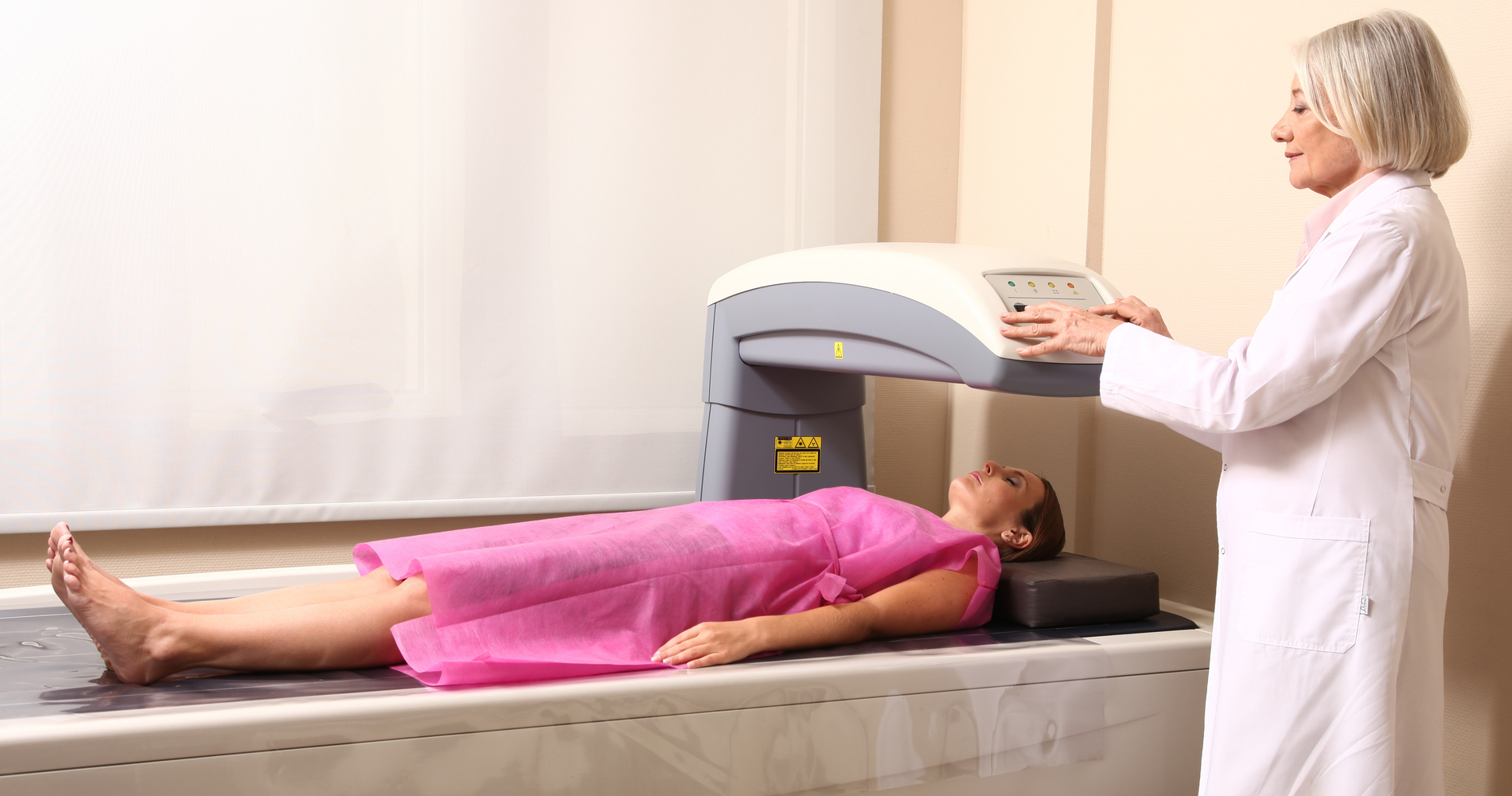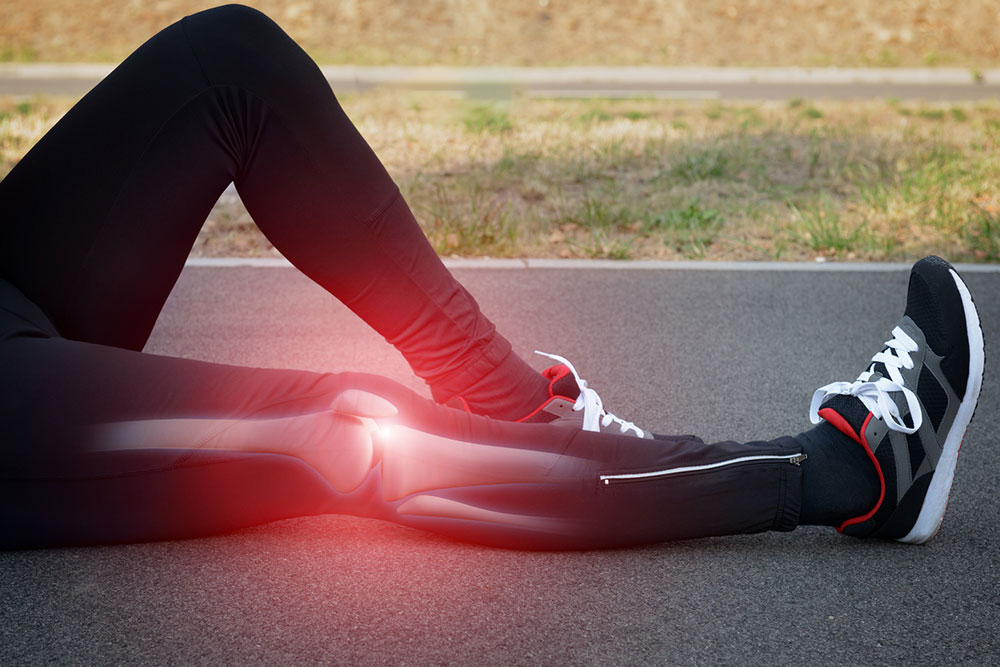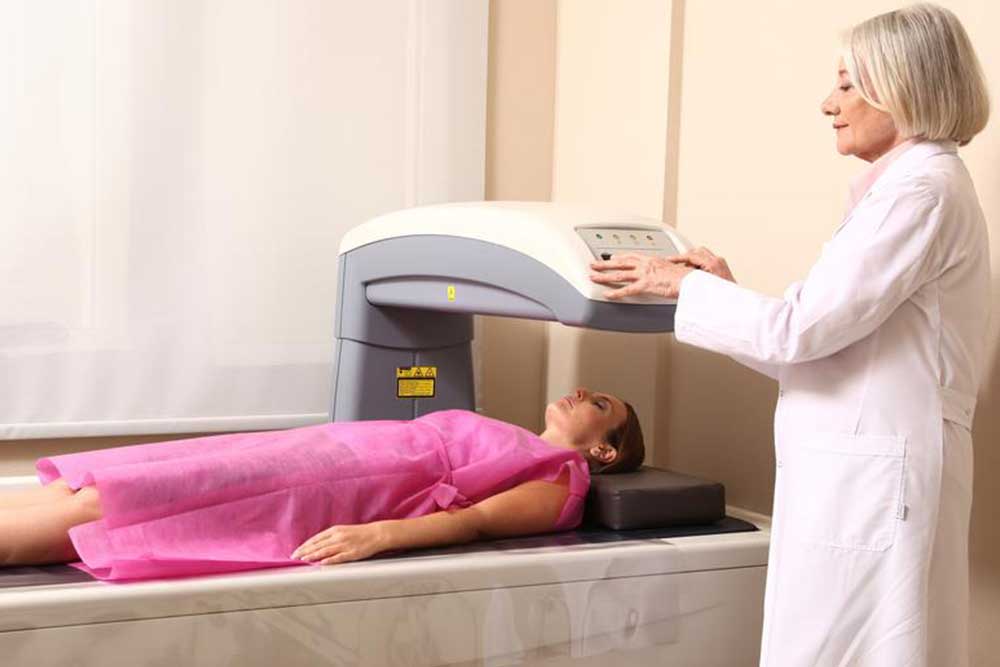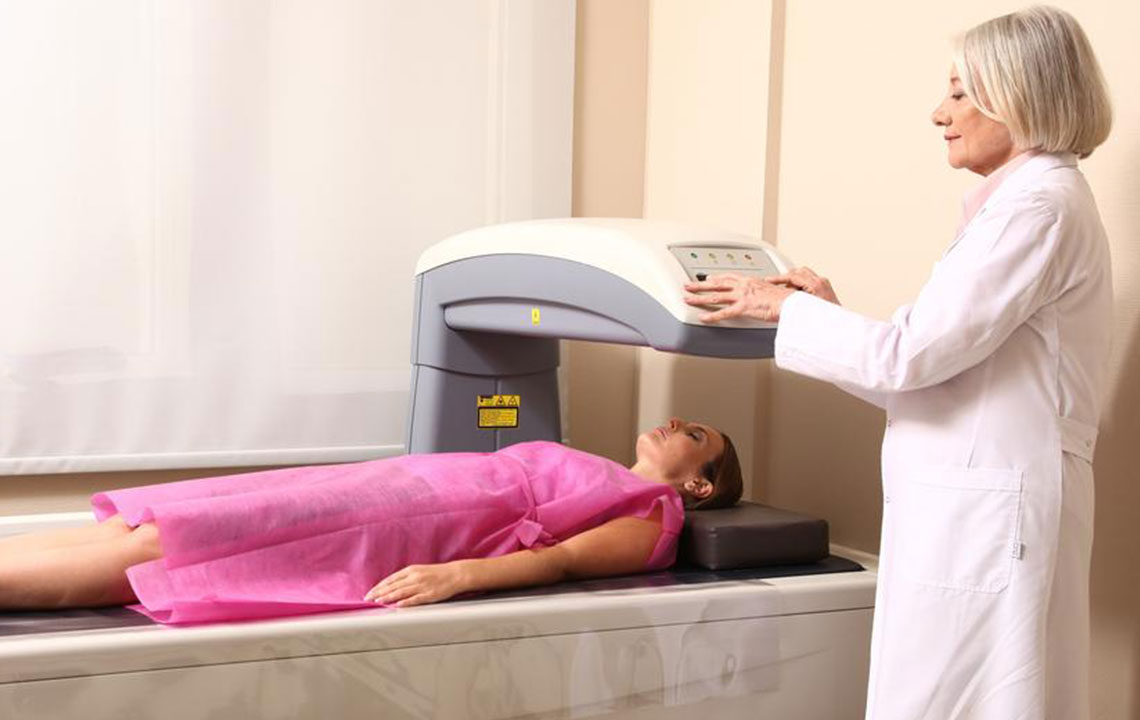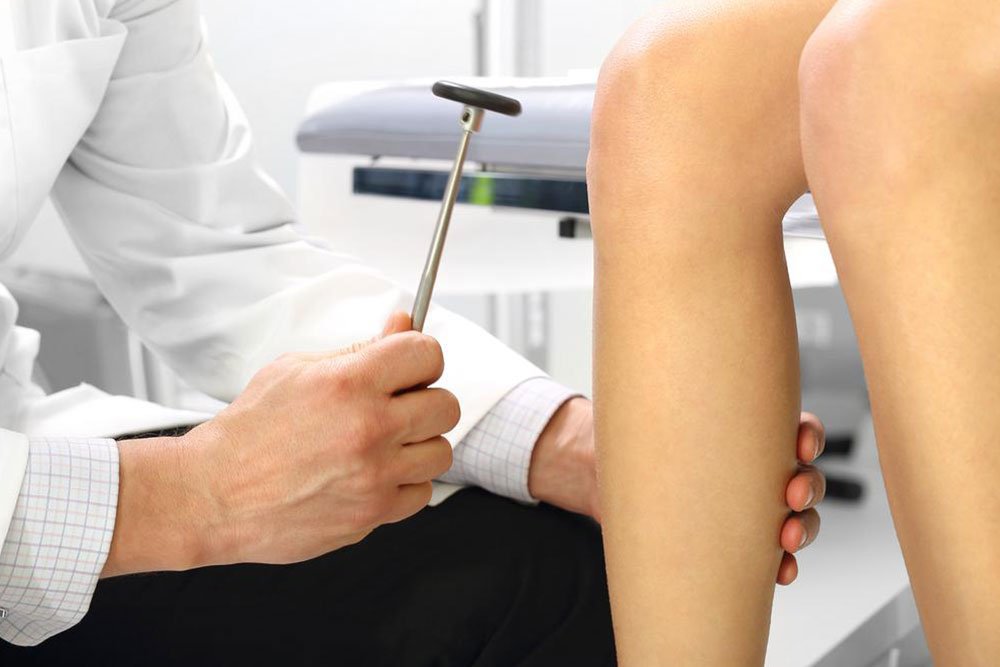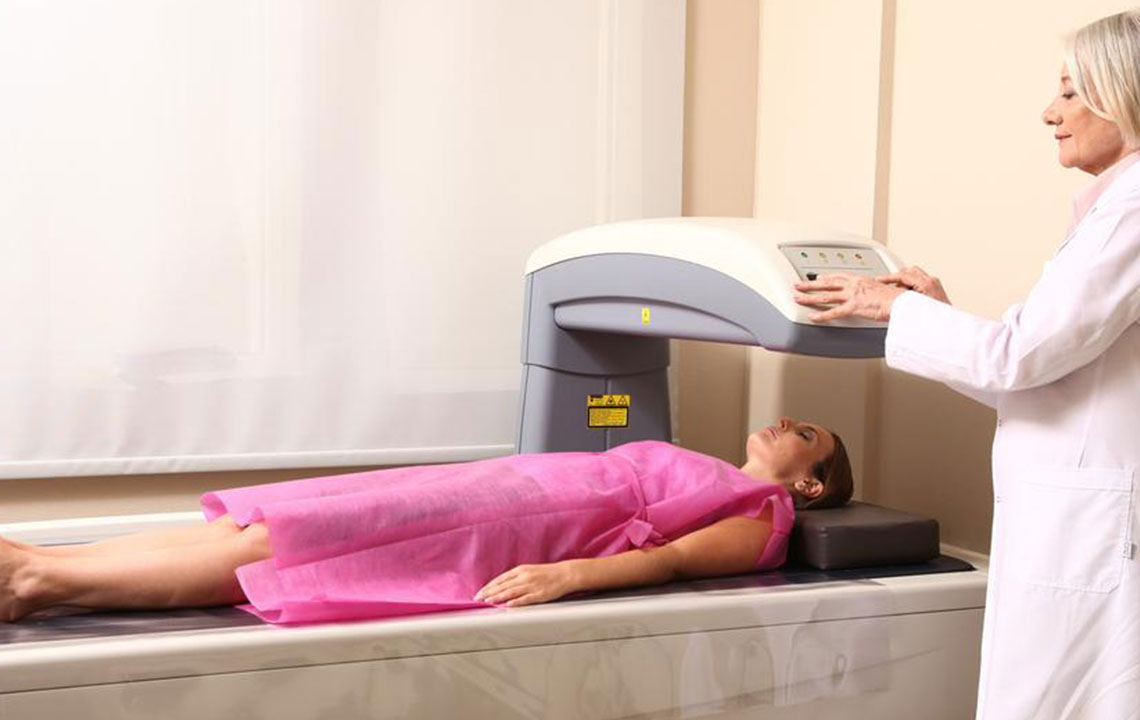Understanding Bone Density Assessments: FAQs You Should Know
Learn everything about bone density assessments, including how they’re performed, their significance, potential risks, and tips for maintaining healthy bones. Discover when and why you should undergo a DEXA scan, understand T-scores, and get advice on bone health preservation. Early detection of osteoporosis can prevent fractures and improve quality of life. This guide provides essential insights to help you make informed decisions about your bone health, emphasizing preventive care and regular screenings for at-risk populations.
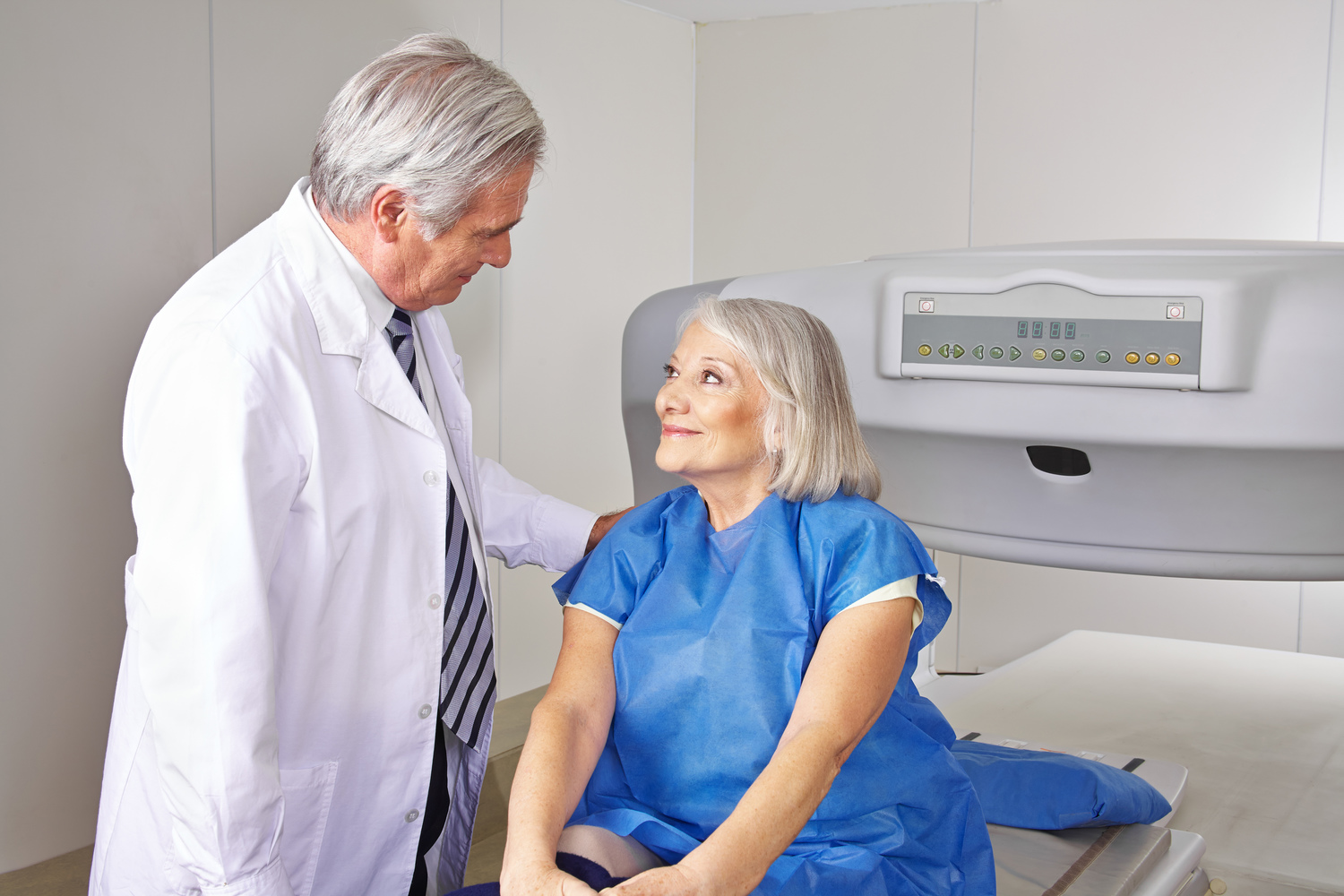
Understanding Bone Density Assessments: FAQs You Should Know
A bone health evaluation called a bone density scan is vital in detecting osteoporosis, a condition characterized by fragile and brittle bones. Such assessments enable early detection of bone weakness, allowing preventive measures before fractures occur. Historically, testing was only done after fractures, but now, proactive screening helps predict bone deterioration and reduces risks. This test, often called a DEXA scan, is quick, non-invasive, and crucial for maintaining healthy bones, especially in at-risk populations.
Let's explore common questions regarding bone density evaluations.
How is a bone density test performed?
It is known as a DEXA scan.
This procedure uses a small X-ray device to measure the mineral content in bones, including small joints like fingers and toes.
The process typically takes 10 to 30 minutes.
What information does the test provide?
It detects early signs of osteopenia or osteoporosis.
It assesses fracture risk linked to low bone density.
It confirms osteoporosis diagnosis when needed.
It monitors the effectiveness of ongoing treatment.
In some cases, it may indicate spread of cancer to bones.
Are there any risks involved?
No significant side effects are usually observed.
Some patients may experience minor issues like stomach upset, heartburn, or difficulty swallowing.
Very rarely, joint or muscle pain post-procedure may occur.
Who should consider getting a bone density scan?
Individuals over 65 years old.
Women after menopause.
People on long-term steroids like prednisone.
Anyone with prior fractures after age 50.
Individuals with significant height loss, spine issues, or fractures.
Recipients of transplants or on medications affecting bones.
Individuals experiencing hormonal changes or persistent back pain.
How frequently should the test be performed?
Typically every two years.
Annually for those undergoing treatment.
Your doctor will guide the appropriate frequency based on your health.
What does the T-score indicate?
It compares your bone density to that of a healthy 30-year-old.
A T-score of -1.0 or above is considered normal.
-1.0 to -2.5 suggests low bone density.
-2.5 or below indicates osteoporosis.
Always consult a healthcare professional for result interpretation.
Pre-test precautions
The procedure is painless.
Avoid calcium supplements for 24-48 hours before testing.
Wear loose, comfortable clothing.
Remove jewelry and metal objects.
Tips for maintaining strong bones
Engage in daily weight-bearing activities like walking or jogging.
Ensure adequate Vitamin D intake.
Consider calcium supplements if recommended.

